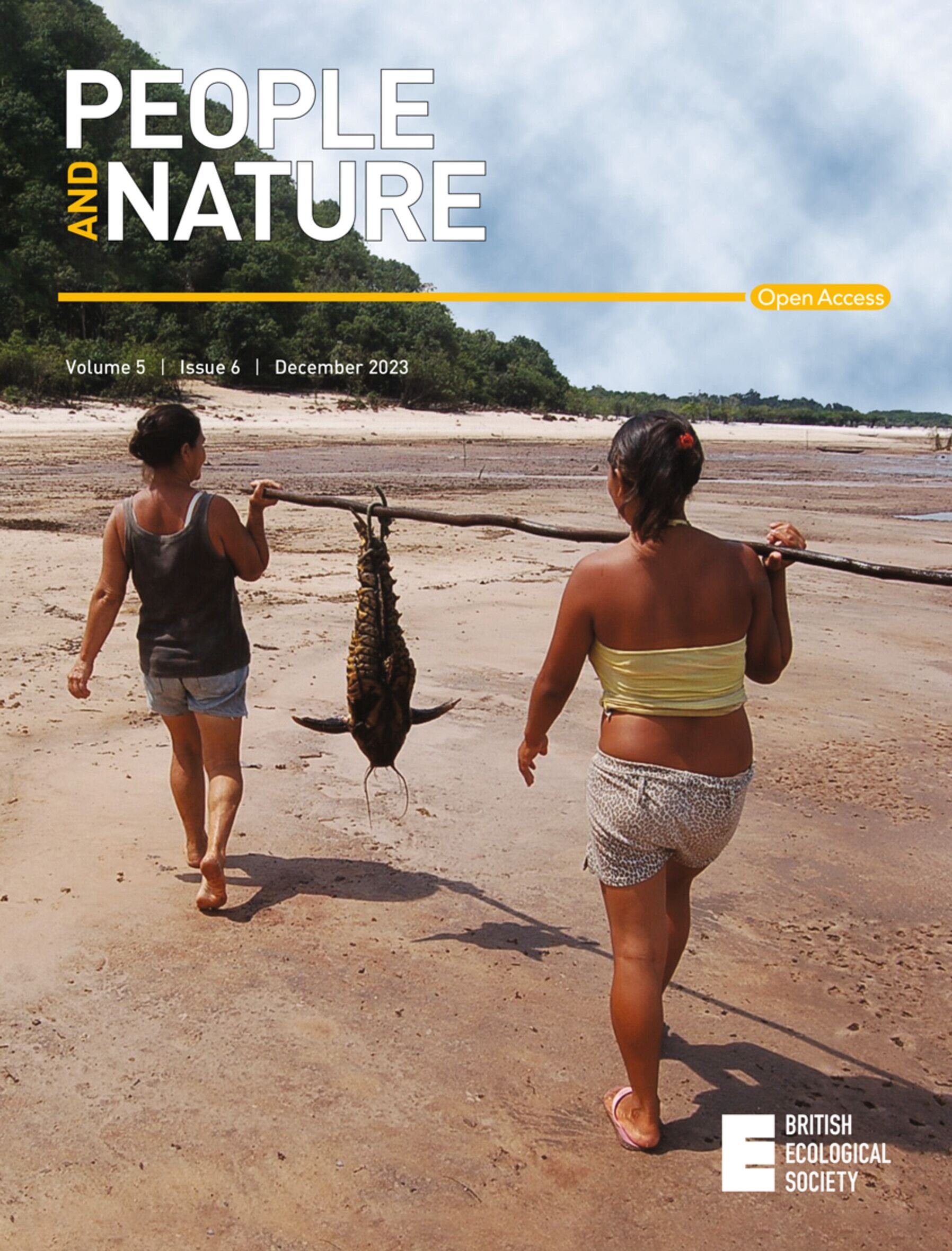Stress of spatial orientation of floating populations into Tibet on fragile ecosystem—Using geo‐tagged big data
IF 4.9
1区 环境科学与生态学
Q1 BIODIVERSITY CONSERVATION
引用次数: 0
Abstract
Increased global floating populations is an important driver of local social‐ecological systems change, especially in ecologically fragile areas. However, the limitations of accurate data and specific methods have prevented the exploration of spatial visitation of floating populations and its risk of negative effects on fragile ecosystems. Here, we contribute to filling the knowledge gap in Tibet by adopting large‐scale geolocation data and incorporating factors such as landscape aesthetic value, ecological vulnerability and traffic accessibility. We found that 89.97% of the digital footprints of floating populations in Tibet have entered nature areas with low density of resident population, and 40.57% of them have entered ecologically fragile areas, leading to increased ecological risks. Nature‐based tourism is the main motive for floating populations to enter the ecologically fragile areas, accounting for 65.56%. The central government inadvertently exacerbated ecological risks by leading road construction, resulting in 64.62% of the ecological risks being located in areas with high traffic accessibility. The floating populations entering Tibet have the dual effects of promoting economic development and causing ecological risks. Therefore, it is urgent to put forward strategies to promote the sustainable development in Tibet based on the complex system of “nature‐based tourism–ecological protection–economic income–government behavior”. Read the free Plain Language Summary for this article on the Journal blog.进藏流动人口对脆弱生态系统的空间定位压力——利用地理标记大数据
全球流动人口的增加是当地社会生态系统变化的重要驱动力,尤其是在生态脆弱地区。然而,由于准确数据和具体方法的局限性,无法探索流动人口的空间访问及其对脆弱生态系统产生负面影响的风险。在这里,我们通过采用大规模的地理位置数据,并结合景观美学价值、生态脆弱性和交通可达性等因素,为填补西藏的知识空白做出了贡献。我们发现,西藏89.97%的流动人口数字足迹进入了常住人口密度低的自然区,40.57%的流动人口进入了生态脆弱区,导致生态风险增加。自然旅游是流动人口进入生态脆弱地区的主要动机,占65.56%。中央政府通过主导道路建设无意中加剧了生态风险,导致64.62%的生态风险位于交通可达性高的地区。流入西藏的流动人口具有促进经济发展和引发生态风险的双重作用。因此,迫切需要在“以自然为基础的旅游——生态保护——经济收入——政府行为”的复杂系统基础上,提出促进西藏可持续发展的战略。阅读《日刊》博客上的免费简明语言摘要。
本文章由计算机程序翻译,如有差异,请以英文原文为准。
求助全文
约1分钟内获得全文
求助全文

 求助内容:
求助内容: 应助结果提醒方式:
应助结果提醒方式:


